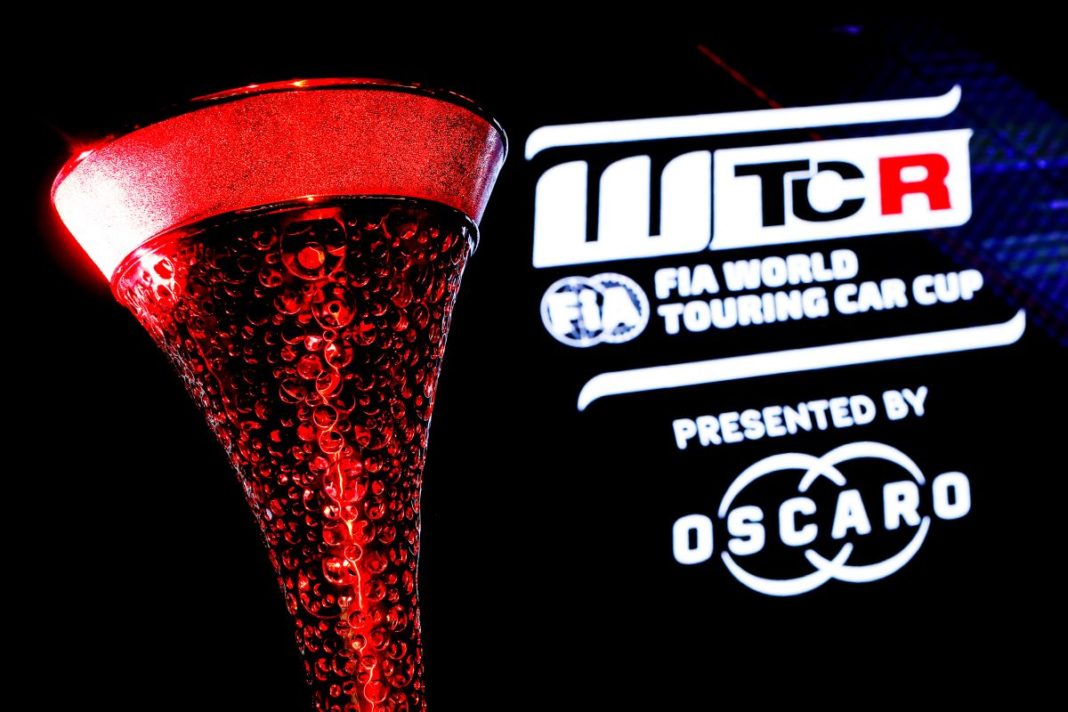The FIA World Touring Car Cup is back with a bang this week, as the greatest touring car drivers on the planet get set to face the gruelling Nürburgring Nordschleife for round one of the new season. However, before things get underway in Germany, let’s take a look at what to expect from the year ahead.
How does WTCR work?
In the past few years, there have been a variety of changes to the World Touring Car format, and this season is no different.
Arguably the biggest change compared to last season is the number of races per weekend. Triple-headers are now a thing of the past, but happily there will still be the same number of races over the course of the season, as the calendar has been expanded back up to eight rounds. The pandemic had resulted in major travel restrictions across the world last year, and as such WTCR was restricted to just six events, all within Europe. Now though, as borders begin to open again, the World Cup has slightly more freedom to move to different locations around the globe.
In addition to the overall drivers’ and teams’ championships, there are two other honours to fight for during the 2021 season. The WTCR Trophy returns, which once again will crown the best of the non-manufacturer affiliated drivers, of which there are five on the grid. Plus, the WTCR Rookie award has been renamed to the much more prestigious sounding FIA Junior Drivers’ Title. A further sub-championship had been planned for the new campaign in order to celebrate the achievements of female racers, however that idea has been shelved for now as only Jessica Backman has been able to sign up to the full season.
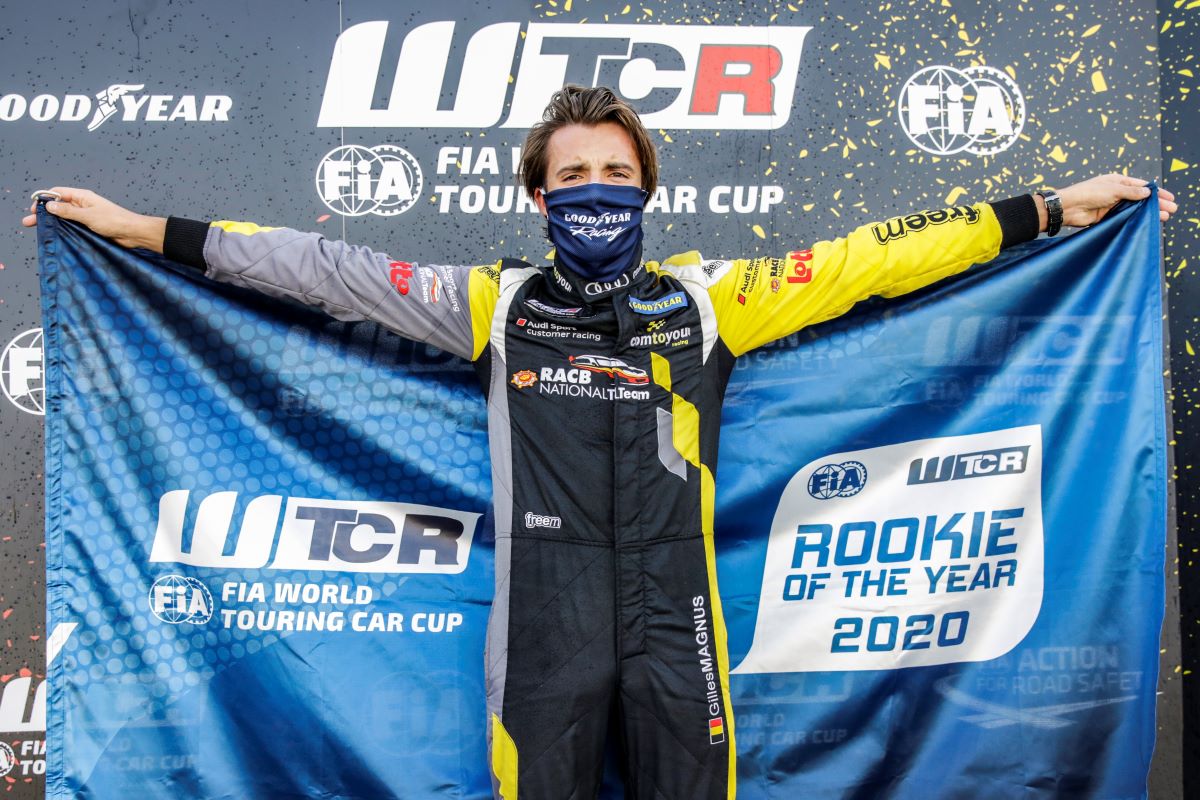
Qualifying will once again be split into three elimination rounds, with the top five fastest drivers in phase one and phase three of the session being awarded between five and one championship point/s in descending order. The grid order for the first race on a weekend will be decided by reversing the top 10 drivers from phase two, while the starting positions for the second race will be decided by the combined result from all three phases of qualifying. However, things will work slightly differently at this week’s opening event at the Nürburgring, as a single 40-minute session will be held without different elimination phases due to the sheer length of the circuit. As such, the top ten from that single session will be reversed to define the grid order for race one, while the overall result from the session will define the grid for race two.
As ever, points will be awarded to the top fifteen drivers in both races, during a calendar which will hopefully include a return to Asia as well as a tour of Europe. Following on from this weekend’s trip to Germany, Estoril will make its debut as a WTCR venue at the end of the month, having taken over the Portuguese slot from the Vila Real street circuit (which sadly cannot be used due to Covid-19 restrictions). Then in July, the championship crosses the Iberian border into Spain for a round at last season’s finale venue, Motorland Aragon.
A trip to Italy via the newly-refurbished Adria Raceway will be next on the cards, while round five will see the WTCR complete it’s European leg at the Hungaroring. If the greater medical climate allows, the championship will then head off to South Korea and the Inje Speedium to mark Hyundai’s first ever home race. Then, the season will conclude with a trip to Ningbo Speedpark in China, and finally the legendary Macau Grand Prix circuit in November.
Will it finally be Honda’s year?
Always the bridesmaid, never the bride, JAS Motorsport’s various racing iterations of the Honda Civic have impressed in world touring car competition for the best part of a decade. However, that first drivers’ title remains elusive, despite Honda-equipped competitors having come tantalisingly close in recent seasons.
Tiago Monteiro had seemed destined for victory in 2017 before a season-ending crash during testing, while Esteban Guerrieri has fallen at the final hurdle for the past two years on the bounce. The Argentine in particular will surely believe that now is the time to break Honda’s duck, as he enters 2021 as one of the pre-season favourites. For a driver as determined and feisty as him, surely it’s only a matter of time before Guerrieri is crowned King of WTCR?
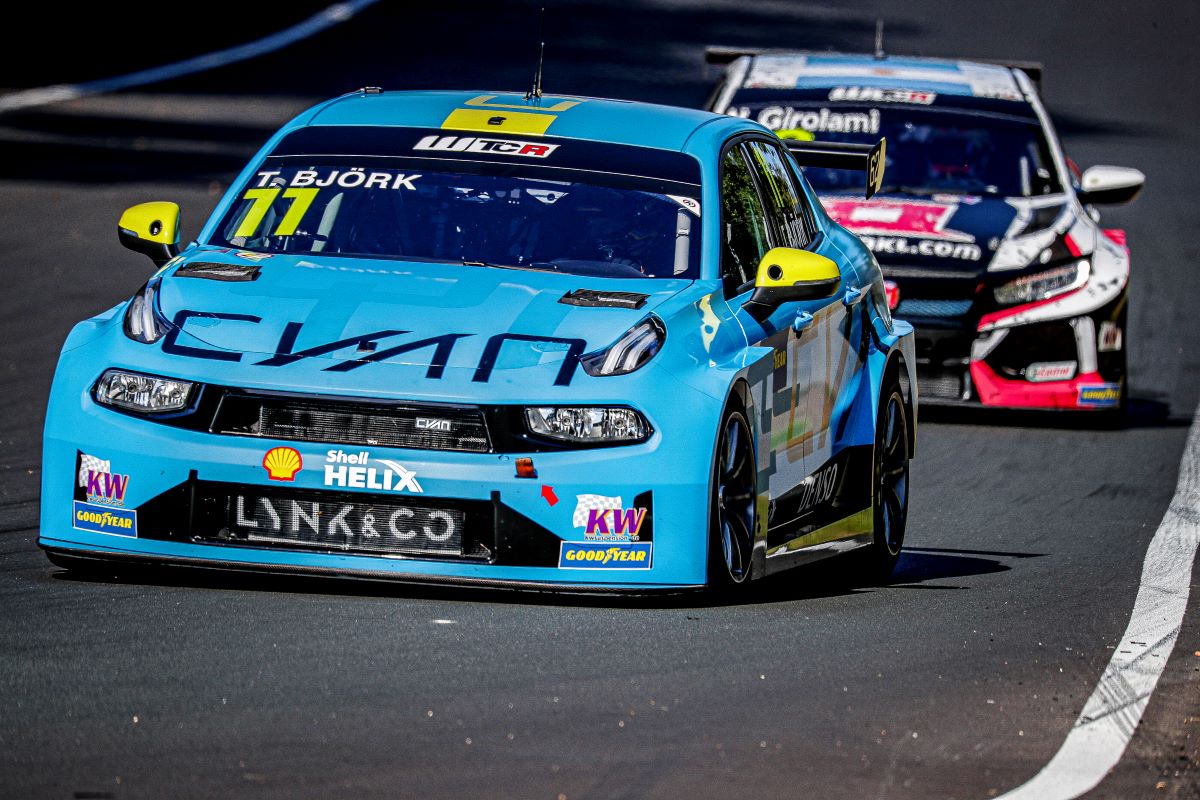
Well, not if reigning champion Yann Ehrlacher has anything to do with it. The young Frenchman showed great form consistently throughout 2020, and by the end of the year was a thoroughly well-deserving champion. However, with just one pole position and two race victories to his name last season, Ehrlacher’s title-winning display felt more like a preview of what was to come, rather than a showcase of the finished article. Rather ominously for the rest of the field, it seems as though there is plenty more potential within the 24-year-old that has yet to be realised.
The dark horses
That said, it would be naïve to assume that the two main protagonists from last year would go unbothered by the rest of the pack. Aside from Ehrlacher and Guerrieri, there are plenty of drivers on the 2021 full season entry list who could realistically throw their name into the hat of title contenders.
Cyan Racing, for example, is a well-oiled machine and even within his own team Ehrlacher is set to face some stern competition. Yvan Muller has settled into more of a supporting role in recent times, but anyone who counts out the four-time world champion should do so at their peril. Then in the other half of the garage, Thed Bjork cannot be discounted either. The 2017 World Champion is one of the fairest team players on the grid, but maybe he’ll feel as though it’s time to take back control of the Cyan Racing ship. Then, there is Santiago Urrutia. The Uruguayan had a stellar rookie season, and after taking his first victory in the final race of the year, will be marked as one to watch in the upcoming campaign and beyond.
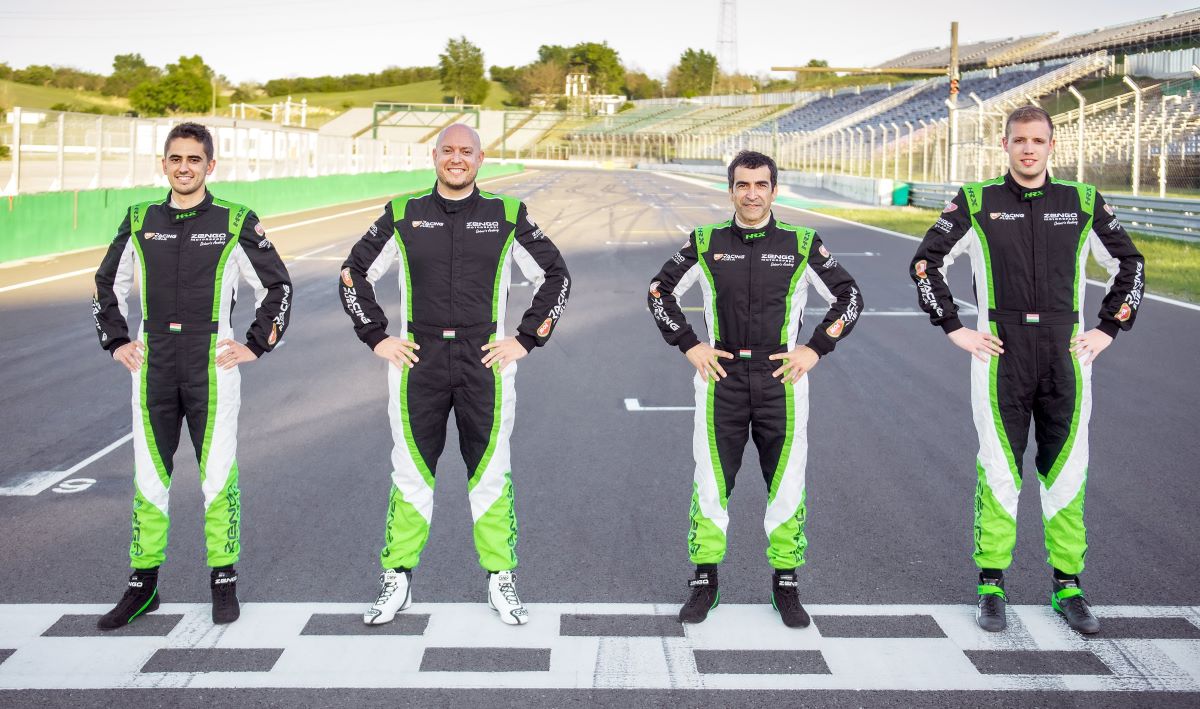
While Cyan Racing often ran like clockwork in 2020, the drivers at Munnich Motorsport weren’t quite on the same wavelength at times. At the Slovakiaring, for instance, miscommunication led to Guerrieri challenging his points-leading team-mate Nestor Girolami, which ultimately left ‘Bebu’ vulnerable to attack from behind. The net result was a heavy and avoidable incident for Girolami, which could’ve been avoided if Guerrieri played the supporting role, which in turn saw the balance of power between the two team-mates sway towards Guerrieri in the points table. Girolami will undoubtedly have some regrets from 2020 as a result, so keep an eye on the Argentine as he looks to win that intra-team battle this year.
Zengo Motorsport, meanwhile, could be touted as the biggest dark horse of all. With a year’s worth of development under their belts, the Hungarian squad now have a very strong car in the Cupra Leon Competicion TCR, and have the necessary knowledge of its quirks at their disposal too. As for the driving talent, Mikel Azcona is a star who has shone brightly in the World Cup ever since his debut in 2019, and now in his third year will likely be aiming to mount a serious title challenge. Rob Huff also returns to the WTCR with Zengo Motorsport, after spending a year away in the TCR Scandinavia championship, which he would go on to win. Fresh off the back of that achievement, the 2012 World Champion is feeling rejuvenated for the season ahead, and will surely be at least a contender for race wins.
New cars and teams
There are plenty of new cars and new faces to get used to this year. Arguably the biggest headline of all though is Hyundai Motorsport’s decision to provide their customer racing teams with the new Elantra N TCR model, instead of the venerable I30 N. The latter had been one of the cars to beat throughout its TCR lifespan, however a change to the Balance of Performance measures last season saw it severely hamstrung. A change was clearly needed, and that seems to have come in the form of the Elantra – a much longer sedan model, compared to the shorter I30 N hatchback of old. Also new at Hyundai is French ace Jean-Karl Vernay. Vernay moves into the seat at Engstler Motorsport which was held by multiple different drivers last season, and if his performances with the independent Team Mulsanne crew are anything to go by, he should be a serious contender now that he has Hyundai’s manufacturer support for 2021. The switch to the Elantra will also hopefully lead to the resurgence in form of fan favourites Norbert Michelisz and Gabriele Tarquini, who both struggled desperately with last year’s machinery. Luca Engstler, too, will be looking to impress in the new car after a less than ideal set of circumstances for his rookie season last year.
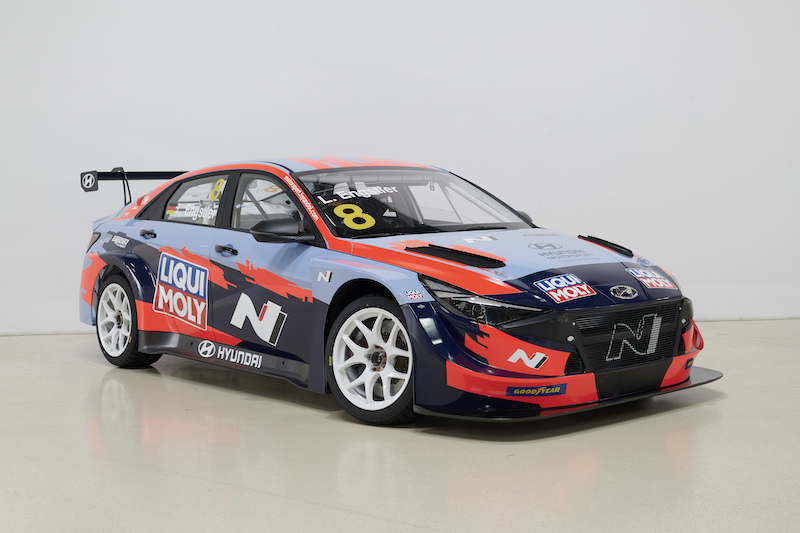
The new Elantra will become the most numerous model on the grid, as this year the WTCR welcomes independent outfit, Target Competition to the paddock. The Italian squad have been a TCR powerhouse in Europe and beyond since the inception of the regulations in 2015, and now will make their full-time debut on the world stage with a pair of Elantras. In 2020, Target Competition appeared as a wildcard with Jose Manuel Sapag behind the wheel at Motorland Aragon, but this season they will host Swedish siblings Andreas and Jessica Backman, who are both new to the championship as well.
Finally, Audi Sport are back in an official capacity in 2021, with Belgian outfit Comtoyou Racing being elected to run four brand new RS3 LMS TCR’s. Though the cars will be fresh off the production line, Comtoyou Racing will compete with four rather more familiar drivers. Audi Sport stalwart Frederic Vervisch returns after a year away, and he’ll be joined by compatriot and reigning Rookie of the Year, Gilles Magnus. Nathanael Berthon had a breakthrough campaign last season, and as a reward he’s been kept on to pilot one of the DHL-backed RS3s, alongside the paddock’s resident joker Tom Coronel.
The season officially gets underway this Thursday – the 3rd of June – as the cars head out onto track for the first practice session of the year at 14:30 local time (13:30 BST).

